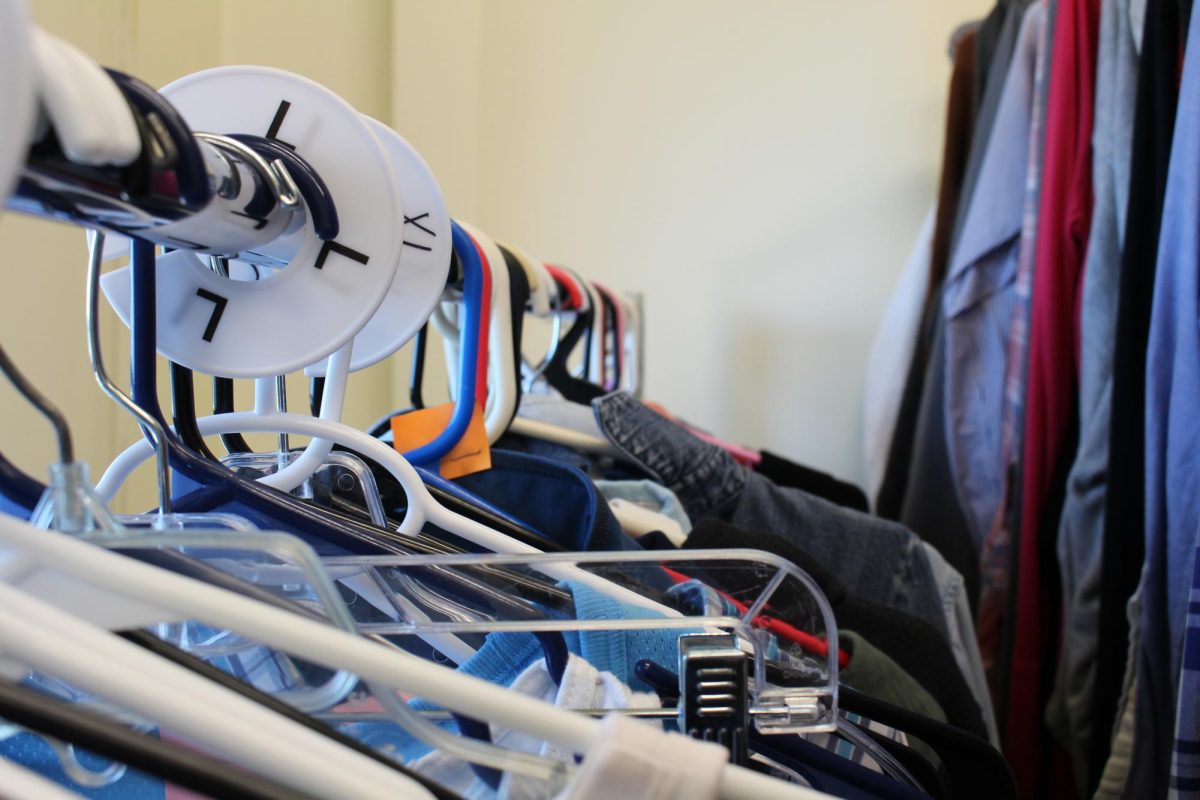Athletic Dept. needs to dispel nepotism

November 21, 2017
The Athletic Dept. and Boosters claim to provide teams with proportionally equitable funding, but the current system leaves athletes feeling disadvantaged and needs to be adjusted for greater transparency and equity.
Currently, every team is allocated a flat amount from the athletic department supply account. According to athletic director Chris Livatino, this amount ranges from $500 to $3,800, to cover the basic needs of each sport, regardless of gender. On top of that, teams can fundraise and coaches can make up to two special allocation requests per year from Boosters. The Boosters decide which equipment and programs they can fund each year, based on those requests.
The issue arises when students perceive a bias in how funds are distributed. Some student athletes believe that their sport gets less money if they have fewer spectators or if they do not have a family member on Boosters to vouch for them.
While Livatino vehemently denied any nepotism in funding, the fact remains that some teams get more money than others, and some athletes justifiably feel their sports are being slighted.
From the Athletic Dept. and Boosters’ perspectives, each sport has different needs that need to be accounted for in funding. It is logical to give football more money than cross country, because football equipment is far more expensive than running uniforms. At the same time, if certain coaches never make special allocation requests, their team will never get the extra equipment that the same sports receive at other schools.
While it is not the athletic department’s fault if coaches do not ask for the gear players want or need, it is a sign that the current system needs to be fixed.
There needs to be better communication directly between athletes and the athletic department. If a coach does not believe in requesting additional equipment, players should be able to make a request directly to the school.
The current system leaves athletes in the dark and breeds jealousy between teams. As long as some sports get more money than others and as long as parents on Boosters have the opportunity to provide special allocations to their own child’s sport, the possibility for and perception of corruption will remain.
The solution is greater transparency. Making information available on how teams use their funding and why they need more or less than other teams would show athletes where the money is going. It will help student-athletes realize how much more the school is investing in their sport than they know, or provide an explanation of why another team needs more money than they do.
Publishing the equipment and operational costs of each sport is one measure the Athletic Dept. can take to reassure students. Further, allowing players to submit special allocation requests to their coaches and the Boosters would help athletes understand if it is their coach who is denying their request rather than the Boosters. Finally, if the Boosters want to dispel perceptions of nepotism, publishing their responses to each special allocation requests can show students whether Boosters gives more attention to certain sports.











